Understand
Lukla Airport, also known as Tenzing-Hillary Airport, holds the distinction of being one of the most treacherous airports in the world. In 2010, it was even rated as the most dangerous airport by a television program. Located at an altitude of 2843m in the remote town of Lukla, Nepal, this airport is not for the faint of heart. Its name pays tribute to the legendary mountaineers Sir Edmund Hillary and Tenzing Norgay, who were the first to conquer Mount Everest. Lukla Airport serves as the starting point for many Mount Everest expeditions, offering breathtaking views of towering peaks such as Mount Everest, Mt Pumori, Mt Lhotse, and Mt Nuptse. The airport itself is a testament to the tenacity and dream of Sir Edmund Hillary, who envisioned an airport in this challenging terrain. Embark on your own adventure and experience the thrill of landing at Lukla Airport, a gateway to the roof of the world.
Map & Climate
Map & Climate
Popular Foods
 Dish: Dal BhatDal Bhat is the staple meal in Nepal, consisting of steamed rice (bhat) served alongside lentil soup (dal). The dal is cooked with various spices, making it rich, thick, and slightly spicy. The combination of fluffy rice and flavorful dal creates a satisfying and filling culinary experience. Meat is not typically included in this dish, making it predominantly vegetarian.
Dish: Dal BhatDal Bhat is the staple meal in Nepal, consisting of steamed rice (bhat) served alongside lentil soup (dal). The dal is cooked with various spices, making it rich, thick, and slightly spicy. The combination of fluffy rice and flavorful dal creates a satisfying and filling culinary experience. Meat is not typically included in this dish, making it predominantly vegetarian.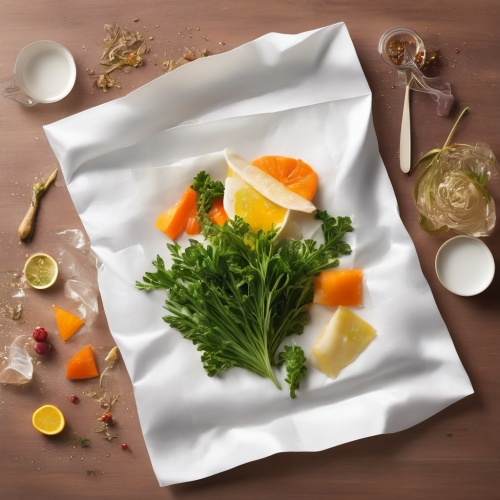 Dish: MomoMomos are dumplings that originated from Tibet but are widely popular in Nepal. They come filled with different ingredients, such as meat (usually chicken, beef, or pork), vegetables, or cheese. The dough is prepared by mixing flour and water, then wrapped around the filling before being steamed or fried. Served hot, momos can be enjoyed as a snack, appetizer, or even a full meal.
Dish: MomoMomos are dumplings that originated from Tibet but are widely popular in Nepal. They come filled with different ingredients, such as meat (usually chicken, beef, or pork), vegetables, or cheese. The dough is prepared by mixing flour and water, then wrapped around the filling before being steamed or fried. Served hot, momos can be enjoyed as a snack, appetizer, or even a full meal.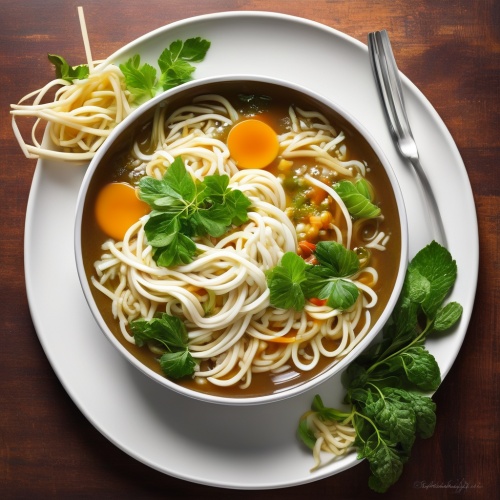 Dish: ThukpaThukpa is a hearty noodle soup that is highly popular in Nepal, particularly among the Sherpa people. It consists of warm broth, handmade noodles, and various toppings, such as meat (usually beef, chicken, or yak), vegetables, and garnishes like cilantro and green onions. Thukpa can be found in both Tibetan and Nepalese restaurants worldwide and is often enjoyed during winter months due to its warming properties.
Dish: ThukpaThukpa is a hearty noodle soup that is highly popular in Nepal, particularly among the Sherpa people. It consists of warm broth, handmade noodles, and various toppings, such as meat (usually beef, chicken, or yak), vegetables, and garnishes like cilantro and green onions. Thukpa can be found in both Tibetan and Nepalese restaurants worldwide and is often enjoyed during winter months due to its warming properties.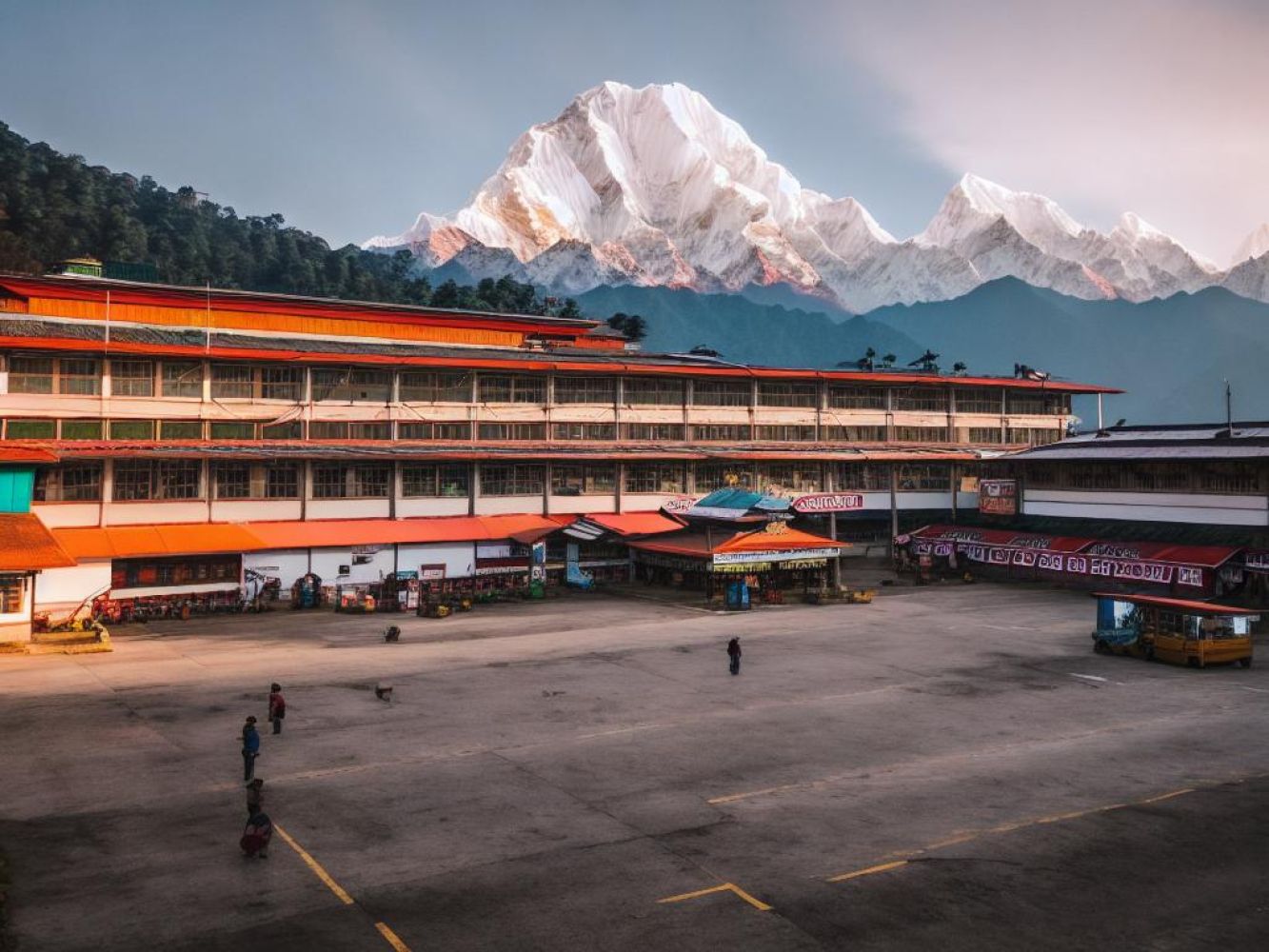
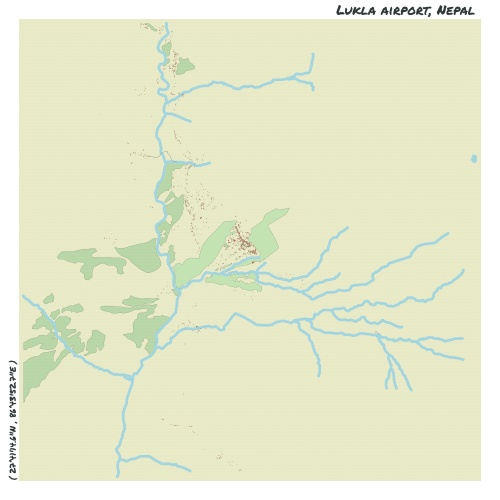
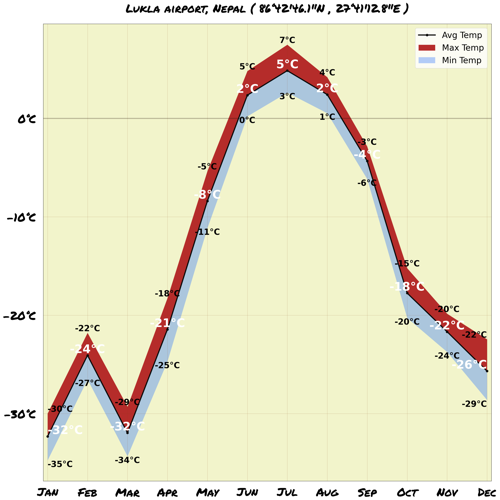

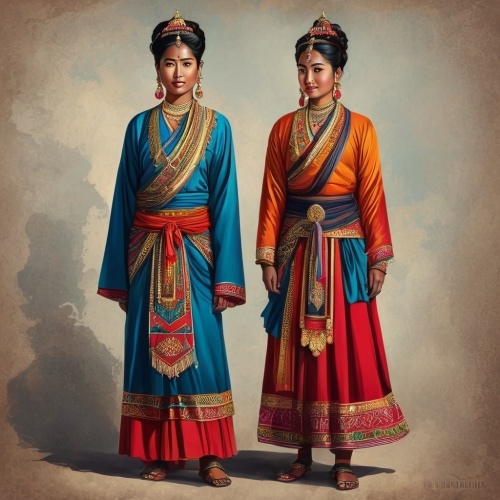
Comments
NO COMMENTS